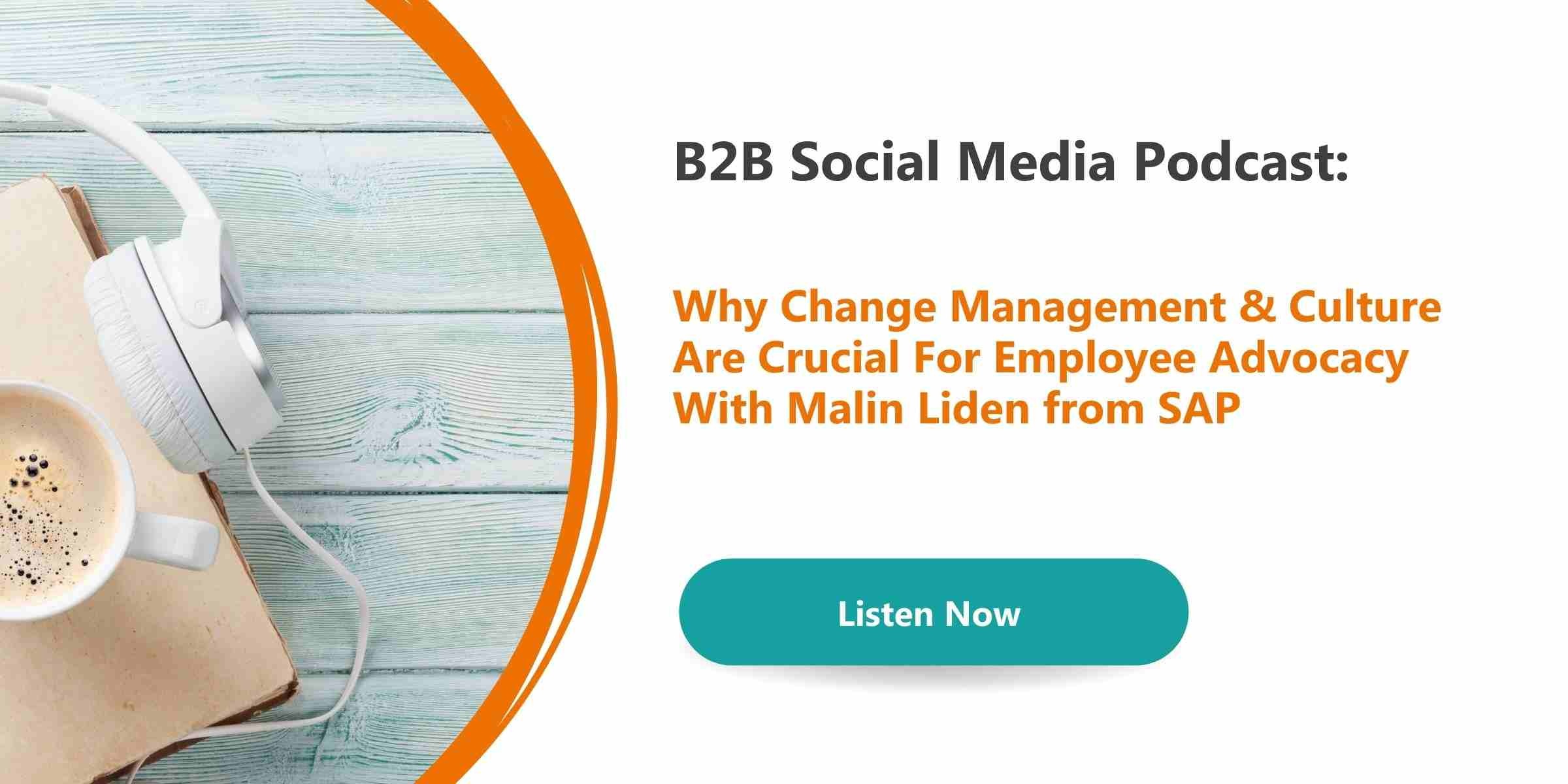
There are many things that can make employees afraid of engaging on LinkedIn. It doesn’t help that some organisations think that if they implement an employee advocacy tool and show everyone how to use it, the problem will magically go away.
It isn’t that simple.
If employees don’t understand the real benefits of social media, and if businesses don’t take small steps to show them how it can be beneficial, throwing employees in at the deep end in this way simply won’t work and their employee advocacy programme will fail.
Forcing someone to do something isn’t the right way to help them to build long-term habits or encourage them to embrace something new. It puts a negative spin on the new thing, making them fear for their job if they don’t do it.
Being forced to do something in this way will mean an employee resents it, making them less likely to do it well or fully understand how it affects them.
Which also means it’s going to be less effective at helping them to achieve their goals, so they’re even less likely to want to keep doing it because they don’t any results from doing it. It’s a vicious circle.
Start By Taking Small Steps
If you want someone to do something sustainably, the first thing they need to do is get them to find the joy in it. There needs to be some sort of reward in it for them. If they enjoy it, they’ll keep doing it and naturally improve over time.
The trick is to train employees to do what you want them to do by helping them to get over the barriers they face. And that first barrier always feels like the biggest – even if it isn’t.
When it comes to getting employees over their fear of engaging on LinkedIn, the simplest way to start is with social listening.
At this point, it isn’t about posting. It’s about finding out what others are saying in areas that are interesting and relevant to them.
Social listening is risk free. They’re not going to lose their job for reading what other people are saying. But it may help them in their job by keeping them informed of the latest trends.
Because it’s an area that interests them, over time, they’ll find that they want to contribute to discussions because it’s something they’re passionate about. It will be impossible for them to say no!
As they continue to comment and connect with others, they may begin to engage with people in private conversations, or within small groups. They can then move into environments where they know more people and feel more comfortable participating.
The more successful they are, the more confident they’ll become on social media. They’ll want to replicate that feeling.
It will also teach them what works on social media and get them to understand the benefits of being active on it. But that will only happen if you start with small steps.
Embrace Different Starting Points
Introducing small steps eases employees into social media engagement without it feeling intimidating or overwhelming. The smaller the step, the more likely they’ll be to take it.
You could even give them the opportunity to take a small step by getting them to engage with content posted on internal sites first. This is even lower risk, because only people they already know and work with will see what they post.
The key is to introduce the steps an employee needs to take to become an advocate in a non-threatening way.
Expecting someone to go from never posting to daily posting is unrealistic and could put them off becoming an advocate forever because it just feels too difficult.
You have to educate them as well as encourage them to help them get over the barriers they’re facing.
Some employees may think they need to write a 2,000-word article to be able to engage on LinkedIn. If they haven’t written that many words since they were at school, they’re not going to feel comfortable typing that many on social media.
It’s your job to get them to understand that it really doesn’t need to take that much of a time investment to succeed on social media.
You need to find where each employee's starting point is and ease them into it. For some, that will mean more education on why it’s important, how it works, and how it could benefit them. For others, it’s showing them how to do social listening around topics they care about. And for some, it could be a combination of the two.
Conclusion
Social media benefits different employees in different ways. Regular posting can lead to everything from speaking gigs to new clients.
For employees to enjoy these benefits, they must first get over their fear of engaging on LinkedIn.
Change management is a huge part of helping them overcome this fear, because if they see social media differently, fully understand how to use it, and know what the benefits of it are, then they’re much more likely to play an active part. And because of that, they’ll experience the biggest benefits.
